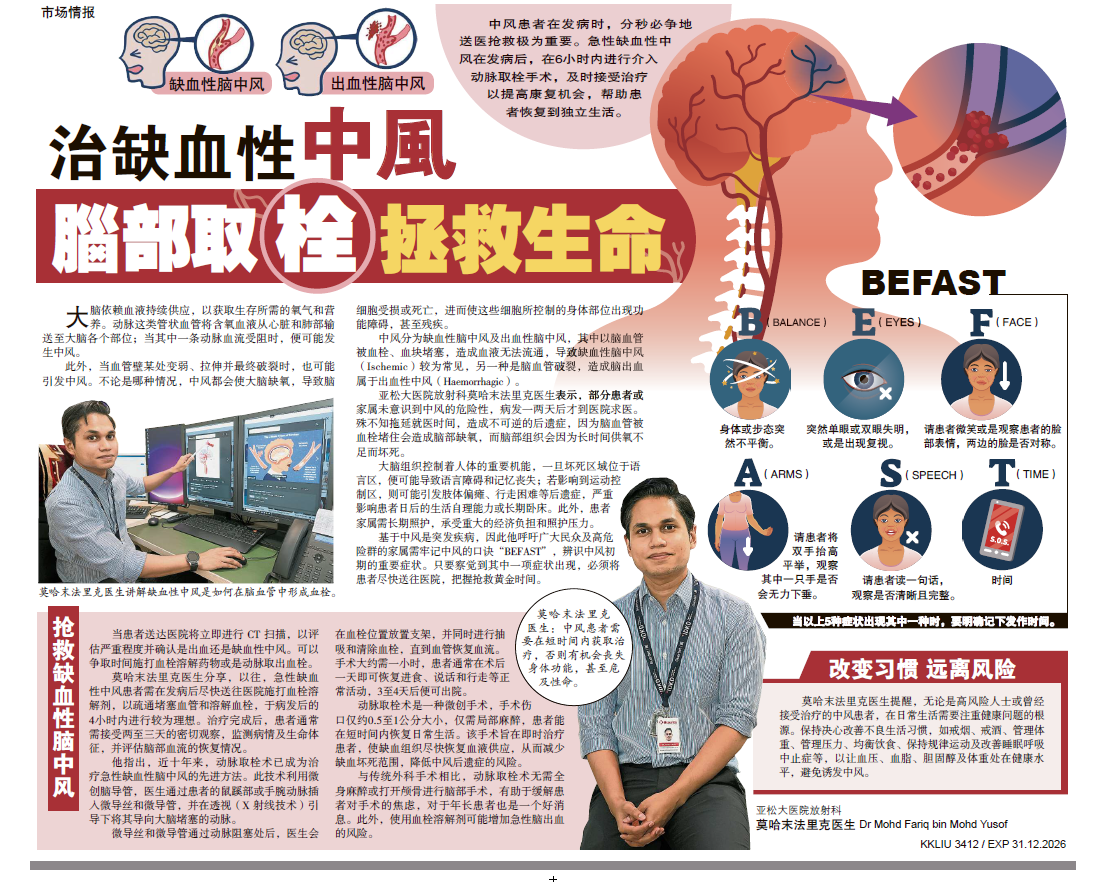Eating well is important at any age, but it is especially important as you grow older. Healthy eating makes a difference as it helps improve how we feel and encourages a sense of well-being.
The nutritional and dietary requirements of older adults are quite different from that of young and middle-aged adults. Energy requirements change with advancing age due to changes in body composition. With aging, a gradual decline in lean body mass or muscle and an increase in body fat occur, which leads to a fall in basal metabolic rates and results in reduced energy needs.
Illness, injury, stress and activity levels, however, may increase total daily needs. Because physiologic changes put older adults at risk for poor nutrition, it is vital for older adults to maintain a healthy BMI range of between 22kg/m2 to 27 kg/m2.
In order to achieve and maintain a heathy weight, older people should eat nutritious foods from a varied diet, which helps supply needed nutrients. A healthy diet includes fruits, vegetables, whole grains, low-fat or fat-free dairy products, lean meat, poultry and fish, beans, eggs as well as nuts.
My Healthy Plate
The Ministry of Health Malaysia recommends the usage of My Healthy Plate as an easy visual guide to show what to eat in the right amounts for each meal. This approach certainly makes healthy eating easy!

My Healthy Plate, adapted from Ministry of Health, Malaysia
My Healthy Plate emphasises filling half your plate with fruits and vegetables, which are naturally rich in dietary fibre, vitamins and minerals. These can help lower the risk of developing heart disease, stroke and certain types of cancer. Different colour pigments from fruits and vegetables serve up unique health benefits, so remember to treat yourself to a full, colourful spectrum of nature’s bounty for maximum benefits.
A quarter of your plate should be filled with whole grains such as brown rice, wholemeal bread and rolled oats. Refined grains such as white rice or white bread have been processed, so valuable nutrients are lost.
Choosing whole grains over refined means you get all the goodness that reduces the risk of developing as well as managing heart disease and diabetes. Another quarter of the plate should be filled with meat and other protein sources including poultry, seafood, eggs, nuts, beans and low-fat dairy products. A diet low in saturated fat, trans fat as well as low in salt and sugar is encouraged.
Fill-up on vitamin D and calcium
Having adequate intakes of calcium and vitamin D are vital for bone and joint health in older adults. Both calcium and vitamin D help ensure optimum peak bone mass is attained in early adulthood and to reduce postmenopausal bone loss and osteoporotic fractures. Studies show that a low intake of vitamin D increases the risk of fractures. To keep bones healthy and strong, it is recommended to have at least 2 to 3 servings of low-fat dairy products (milk, yogurt, cheese) daily.
Vitamin D is synthesised in the skin via sunlight, but as older people typically go outdoors less frequently, their skin is less efficient in producing vitamin D from sunlight. Older people should thus regularly eat vitamin D-rich food such as fortified breakfast cereals and dairy products as well as oily fish.
Put variety first and foremost
It is common for the elderly to have an altered sense of taste and smell, which affects their appetite and enjoyment of food. Some older people tend to eat less as the body’s ability to digest and absorb nutrients changes with age and become less efficient. This makes it harder for them to get all the necessary nutrients for good health. A varied diet is thus important for older people to ensure an adequate supply of essential vitamins and minerals.
Strategies to encourage eating include consuming small, frequent meals, supplementing daily intakes with oral nutrition formulas, and selecting meals and snacks according to personal preferences and lifestyle as an opportunity to maximise nutrition. Having meals with the family may also improve appetite. Mealtimes should be enjoyable, social and sharing times, and remember that eating is not just to fill up on nutrients!
All in the family
Besides diet, physical activity plays a role in maintaining good bone and joint health and reducing the risk of falls. Older people are encouraged to do activities that promote and improve balance, strength and coordination. Keeping active also helps to maintain mobility, which maintains their independence and positively impacts their quality of life.
Keeping up a healthy lifestyle by incorporating healthy eating habits and adequate physical activity may be difficult to achieve. This is why supportive social, functional and emotional family care is vital to maintain good nutrition and life care for the elderly.
Ref.
- The Academy of Nutrition and Dietetics
- The British Nutrition Foundation
- The Ministry of Health Malaysia











